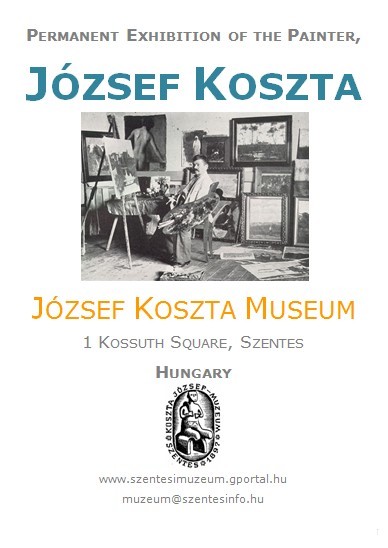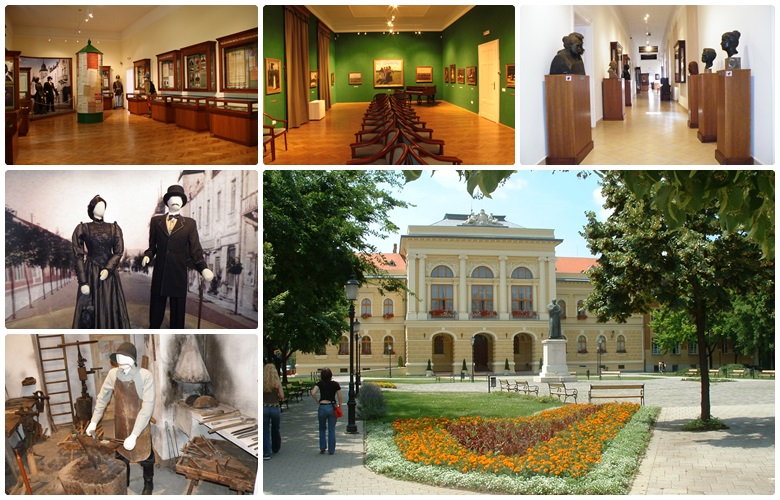 József Koszta was born on 27 March 1861 Brassó (present-day Brasov, Romania). The money he made by working in a photographer’s workshop enabled him to study visual arts in Budapest and Munich. After that he lived and worked in Nagybánya, which became the center of the Hungarian plain air painting at the end of the 19th century. His paintings of this period are bright and plain, and his works deal with the special effects of light. He has also settled for a while in Szolnok, a town discovered as a pictoresque subject by Austrian painters in the second half of the 19th century. Although pleasantly impressed, he did not stay, but moved 70 km’s further south in 1910, to the town of Szentes, close to the Tisza river, and he lived there until his death in 1949.
József Koszta was born on 27 March 1861 Brassó (present-day Brasov, Romania). The money he made by working in a photographer’s workshop enabled him to study visual arts in Budapest and Munich. After that he lived and worked in Nagybánya, which became the center of the Hungarian plain air painting at the end of the 19th century. His paintings of this period are bright and plain, and his works deal with the special effects of light. He has also settled for a while in Szolnok, a town discovered as a pictoresque subject by Austrian painters in the second half of the 19th century. Although pleasantly impressed, he did not stay, but moved 70 km’s further south in 1910, to the town of Szentes, close to the Tisza river, and he lived there until his death in 1949.
He ensured his direct connection with the land and its inhabitants by living on a farm that he first rented, and then owned. The paintings he made here are characterized by powerful expressivity, in both colours and facture. He preferred to use very intense, almost glowing reds, blues, and whites. His brushwork is built up of small patches; it is moving, restless and dynamic.
József Koszta’s work are organically connected to a landscape, the Hungarian Alföld, and the people working in it. The majority of the exhibited works became the museum’s property following his wife’s will, and are permanently exhibited in the museum since 1974.
Péter Pál Civic House Museum


